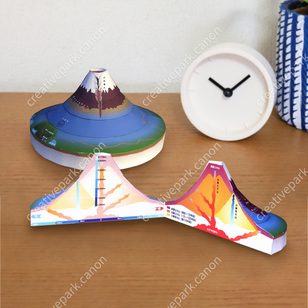Each year, I search the internet for inspiration for new activities to follow on from the Great Lessons. There are so many great ideas out there. But I have not yet come across a Great Lesson round up post. So my task for this year is to gather all the inspirations I have come across in the blog world for each Great Lessons.
For those of you who are not familiar with the Great Lessons, Montessori designed these as the foundation of the Montessori elementary curriculum. They form the backbone of Montessori elementary education and are often the starting point for all other learning. The Great Lessons are designed to meet the sensitive periods of the elementary child and provide the child with the context of the place of man in the universe. Through introducing these lessons, all aspects of the cosmic curriculum are covered.
The five [maybe 6] Great Lessons are:
1. The Creation of the Universe
2. The Coming of Life
3. The Coming of Man
4. The Story of Writing
5. The Story of Numerals
[6. The Great River]
Some Montessorians present these lessons every six weeks, providing time for follow up work before moving onto a different lesson. Others present all the lessons in the first few weeks and spend the rest of the year doing follow up lessons. I have only presented these in the first way and have found that this was helpful for my class.
Each time I present a great lesson, I set up a specific shelf for follow up activities and scatter various other activities across the class in each curriculum area. This creates an atmosphere of the great lesson and really engages children.
I am a strong believer that these great lessons should be kept for the elementary child and not introduced too early. The elementary child presents us with different needs which make these lessons suitable. Whereas the younger child has different needs and sensitivities and so these lessons are not ideal. I believe there are so many more relevant things a child who is under six can do before approaching these lessons.
I run the same lessons every year for my entire elementary class. This means that my 12 year old children would have heard this lesson 6 times in their elementary years. Each year I add a few more details and tell the lesson slightly differently. I also encourage my 11 and 12 year olds to join in telling the stories or presenting follow up activities.
My favorite Montessori quotes on cosmic education and the elementary child:
"Since it has been seen to be necessary to give so much to the child, let us give him a vision of the whole universe. The universe is an imposing reality, and an answer to all questions."
(To Educate the Human Potential, p. 5)
"If the idea of the universe be presented to the child in the right way, it will do more for him than just arouse his interest, for it will create in him admiration and wonder, a feeling loftier than any interest and more satisfying. The child’s mind will then no longer wander, but becomes fixed and can work. The knowledge he acquires is organized and systematic; his intelligence becomes whole and complete because of the vision of the whole that has been presented to him, and his interest spreads to all, for all are linked and have their place in the universe on which his mind is centred."
(To Educate the Human Potential, p. 6)
"No matter what we touch, an atom, or a cell, we cannot explain it without knowledge of the wide universe. What better answer can be given to those seekers for knowledge? It becomes doubtful whether even the universe will suffice. How did it come into being? How will it end? A greater curiosity arises, which can never be satiated; so will last through a lifetime. The laws governing the universe can be made interesting and wonderful to the child, more interesting even than things in themselves, and he begins to ask: What am I? What is the task of man in this wonderful universe? Do we merely live here for ourselves, or is there something more for us to do? Why do we struggle and fight? What is good and evil? Where will it all end?" (To Educate the Human Potential, p. 6)
If you would like to know more about the great lessons I suggest reading the following:
AMI article on Cosmic Education


























